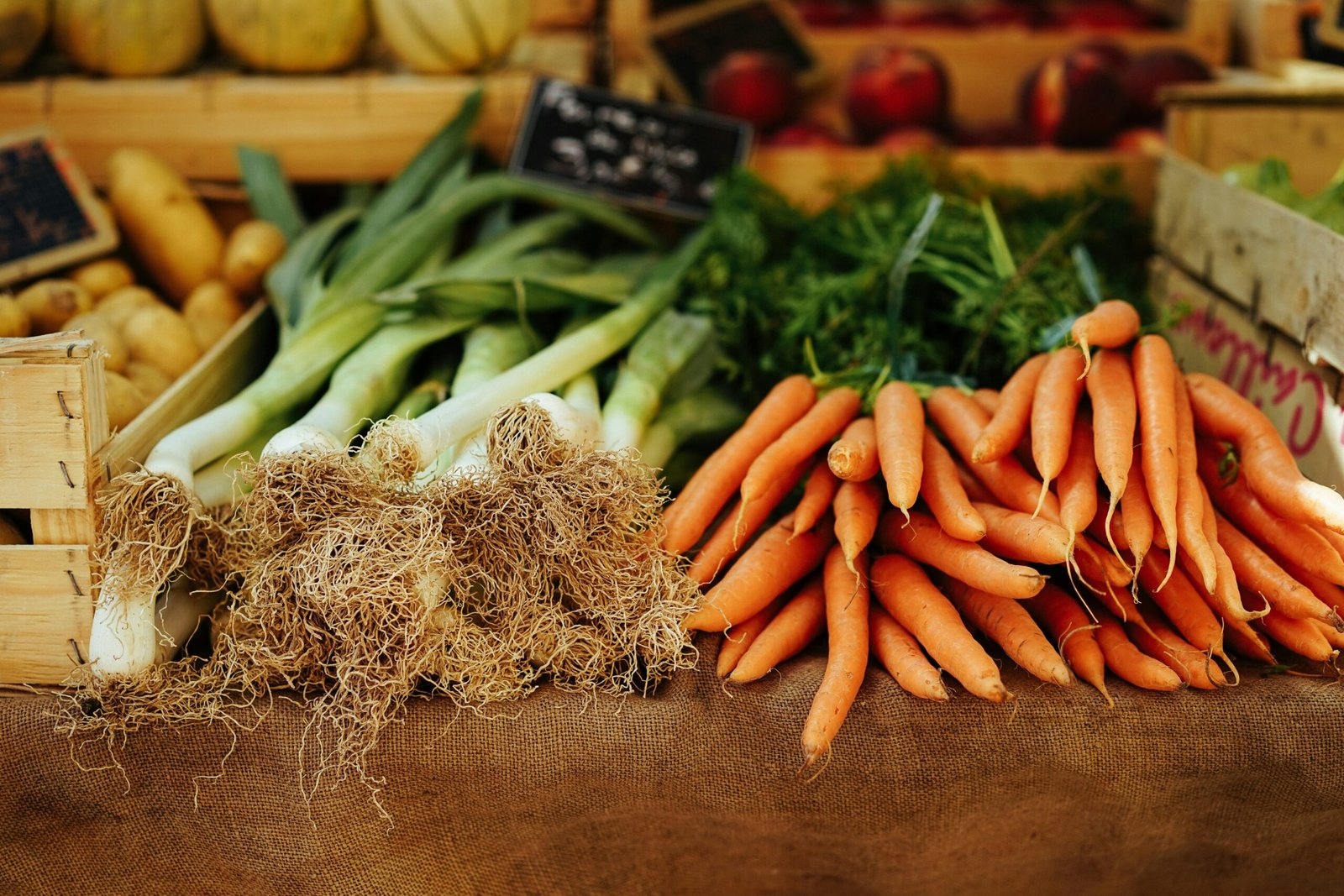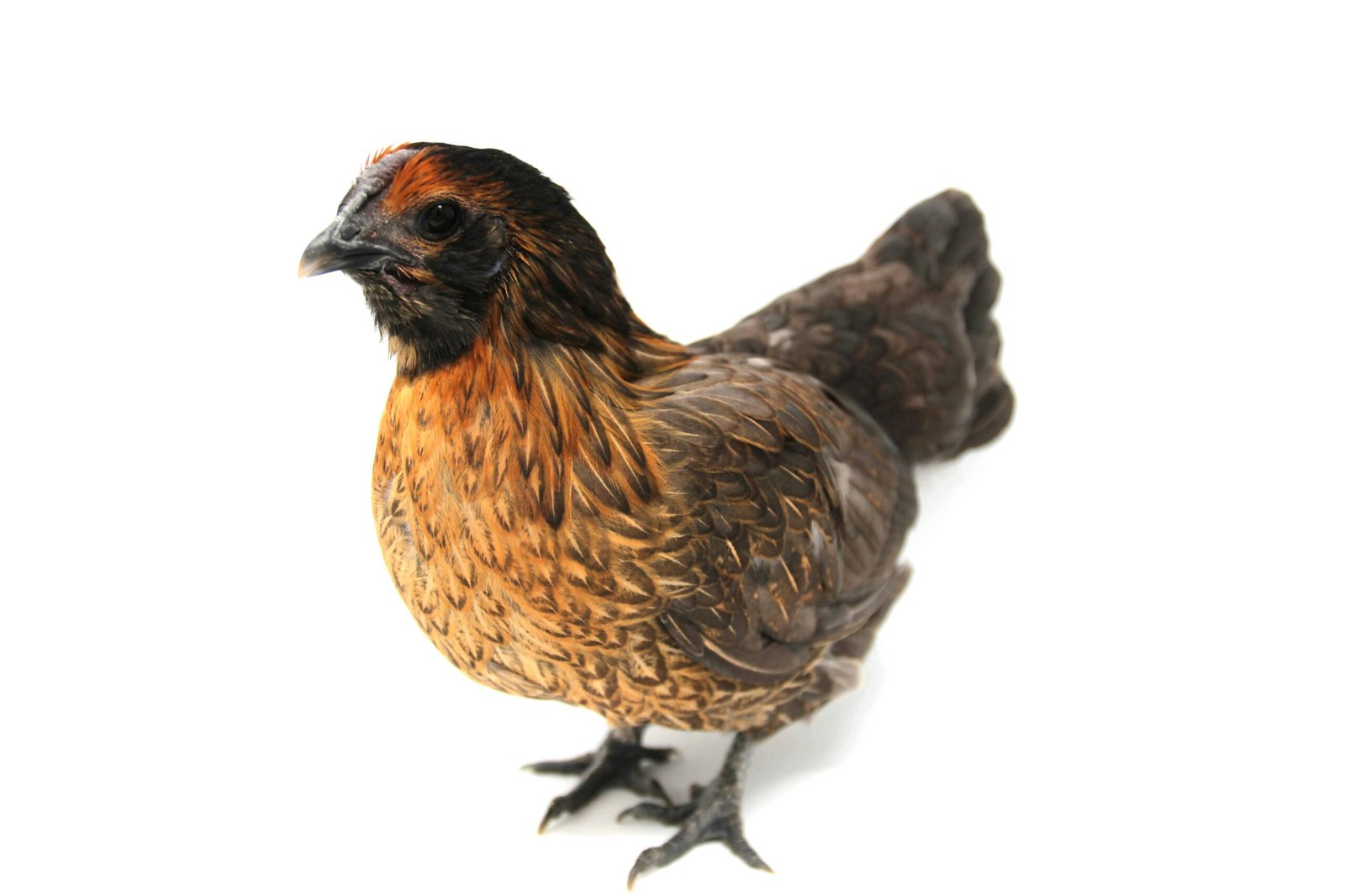Introduction
For those seeking a true farm-to-table experience, there is nothing quite like processing and preparing your own chicken for meat. Not only does this provide a deeper connection to the food we consume, but it also allows for a greater understanding and appreciation of the entire process. In this article, we will provide respectful and humane advice on processing chickens, including legal considerations and delicious recipes to enjoy.
Understanding Legal Considerations
Before embarking on the journey of processing your own chickens, it is essential to familiarize yourself with the legal considerations in your area. Different regions may have specific regulations or restrictions in place regarding the processing of poultry for personal consumption. It is crucial to comply with these regulations to ensure both the safety of the meat and your adherence to the law.
Research local laws and regulations pertaining to poultry processing, including any permits or licenses that may be required. Additionally, familiarize yourself with the guidelines for proper sanitation and food safety practices. This knowledge will help you navigate the process with confidence and ensure the highest quality end product.
Respectful and Humane Processing
When it comes to processing chickens, it is important to prioritize their well-being and handle the process with respect and compassion. Here are some key steps to follow:
1. Preparation
Ensure you have all the necessary tools and equipment ready before beginning the process. These may include a sharp knife, cutting board, plucking machine or hot water for feather removal, and a clean workspace.
2. Humane Slaughter
Choose a method of slaughter that is both humane and effective. This could involve using a sharp knife to swiftly sever the jugular vein, resulting in a quick and painless death. It is essential to handle this step with care and precision.
3. Feather Removal
After slaughter, the feathers need to be removed. This can be done manually by plucking or by using a plucking machine. Take care to ensure the bird is properly scalded before plucking to facilitate easy feather removal.
4. Evisceration
Evisceration involves removing the internal organs of the chicken. Take caution to avoid puncturing any organs during this process to prevent contamination of the meat. Dispose of the organs properly or consider using them for other purposes, such as making stock.
5. Chilling and Cleaning
After the evisceration process, it is crucial to properly chill and clean the chicken. This helps maintain the quality and safety of the meat. Rinse the chicken thoroughly with cold water and place it in a refrigerator or ice bath to cool.
Delicious Recipes to Enjoy
Now that you have successfully processed your own chicken, it’s time to enjoy the fruits of your labor. Here are a few delicious recipes to try:
1. Roasted Herb Chicken
Ingredients:
- 1 whole processed chicken
- 2 tablespoons olive oil
- 1 tablespoon fresh rosemary, chopped
- 1 tablespoon fresh thyme, chopped
- Salt and pepper to taste
Instructions:
- Preheat the oven to 375°F (190°C).
- In a small bowl, mix together the olive oil, rosemary, thyme, salt, and pepper.
- Rub the mixture all over the chicken, ensuring it is evenly coated.
- Place the chicken on a roasting pan and roast for approximately 1 hour, or until the internal temperature reaches 165°F (74°C).
- Remove from the oven and let it rest for a few minutes before carving.
- Serve and enjoy!
2. Chicken Noodle Soup
Ingredients:
- 1 whole processed chicken
- 8 cups chicken broth
- 2 carrots, peeled and sliced
- 2 celery stalks, sliced
- 1 onion, diced
- 2 cloves garlic, minced
- 1 bay leaf
- 1 cup egg noodles
- Salt and pepper to taste
Instructions:
- In a large pot, bring the chicken broth to a boil.
- Add the chicken, carrots, celery, onion, garlic, and bay leaf to the pot.
- Simmer for approximately 1 hour, or until the chicken is cooked through.
- Remove the chicken from the pot and shred the meat.
- Return the shredded chicken to the pot and add the egg noodles.
- Simmer for an additional 10 minutes, or until the noodles are cooked.
- Season with salt and pepper to taste.
- Serve hot and enjoy!
Conclusion
Processing and preparing your own chicken for meat is a rewarding experience that allows for a deeper connection to the food we consume. By following legal considerations and handling the process with respect and compassion, you can enjoy the benefits of a true farm-to-table meal. So why not give it a try? Start your journey from coop to kitchen today!





